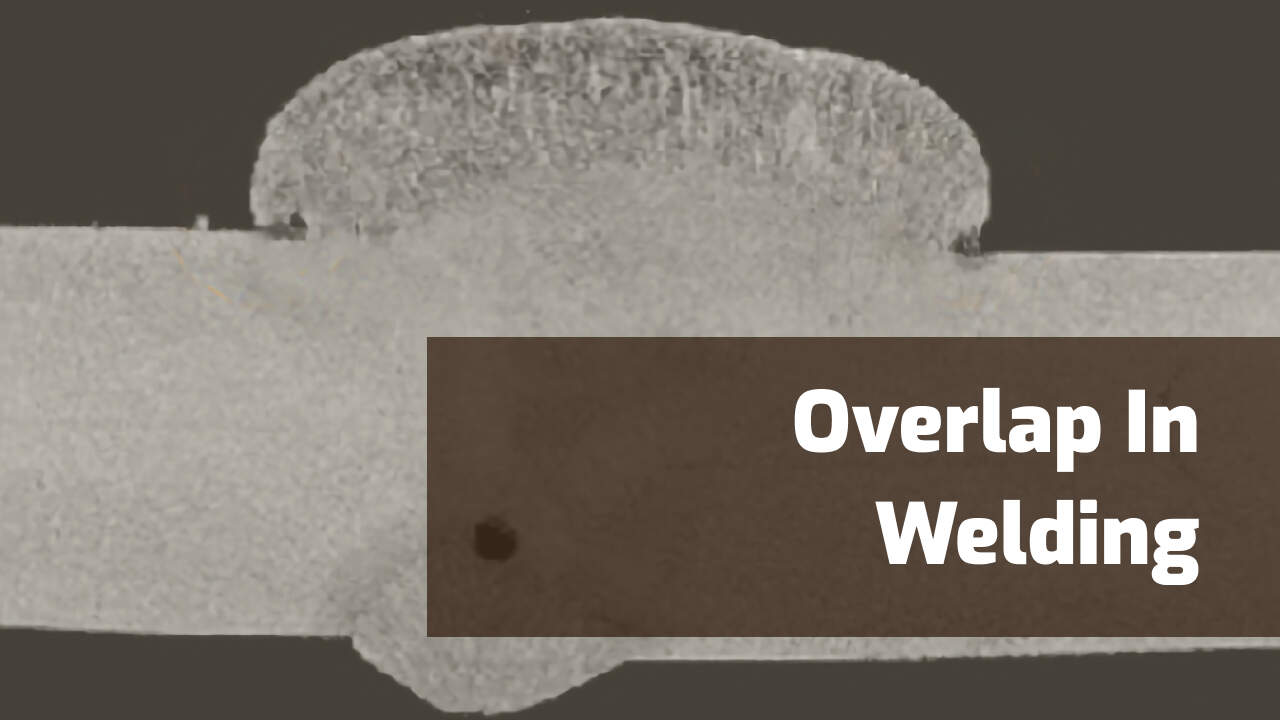Mastering the Art of Welding: Just How to Avoid Undercut Welding Issues for Flawless Fabrication Outcomes
Efficiency and precision are extremely important in the world of welding, where also the tiniest blemish can jeopardize the architectural integrity of a made item. One usual difficulty that welders face is damaging, a defect that can deteriorate a weld joint and lead to pricey rework. By understanding the source of undercut welding and executing effective strategies to avoid it, welders can raise their craft to brand-new degrees of quality (Preventing weld undercut). In the quest of flawless construction outcomes, understanding the art of welding to avoid undercut problems is not simply an ability yet a necessity for those aiming for perfection in their job.
Comprehending Undercut Welding

To stop undercut welding, welders need to guarantee correct welding specifications, such as adjusting the present, voltage, traveling speed, and preserving the proper electrode angle. Furthermore, using the proper welding strategy for the particular joint arrangement is vital. Employing weaving movements or backstepping strategies can help make sure correct weld metal deposition and lower the possibility of undercut development. Normal evaluation of welds throughout and after the welding process is likewise crucial to capture any kind of undercut early and make essential modifications to avoid further issues. Preventing weld undercut. By recognizing the root causes of undercut welding and executing safety nets, welders can achieve top notch, structurally sound welds.
Reasons For Undercut in Welding
Recognizing the aspects that add to undercut in welding is important for welders to produce premium, structurally sound welds. When the weld metal does not correctly fill the groove formed between the base steel and the previously deposited weld steel, undercutting happens. Numerous variables can result in damage in welding. One usual reason is too much warm input. Welding at high temperature levels for extensive periods can lead to the base steel melting greater than desired, causing damage. Poor welding inaccurate or existing welding speed can also contribute to undercut. Insufficient current may not supply enough warm to melt the base and filler steels adequately, while extreme speed can stop correct combination, creating undercut. Additionally, incorrect electrode angles or inaccurate lantern manipulation strategies can develop areas of reduced weld steel deposition, promoting undercut. Understanding these causes and applying appropriate welding methods can help protect against damaging issues, making sure durable and solid welds.
Strategies to avoid Undercutting

To alleviate the danger of undercutting look at here in welding, welders can use strategic welding strategies aimed at improving the top quality and integrity of the weld joints. Furthermore, utilizing the correct welding strategy for the specific joint configuration, such as weave or stringer beads, can contribute to minimizing undercutting.
In addition, correct joint prep work, consisting of guaranteeing tidy base materials devoid of impurities and using the proper welding consumables, is essential in preventing undercut issues. Utilizing back-step welding strategies and controlling the weld grain account can likewise assist distribute heat evenly and decrease the danger of undercut. Regular examination of the weld joint throughout and after welding, along with carrying out quality guarantee procedures, can aid in addressing and finding undercutting concerns quickly. By implementing these strategies carefully, welders can achieve perfect fabrication results with marginal undercut defects.
Relevance of Proper Welding Specifications
Picking and maintaining suitable welding criteria is important for attaining effective welds with minimal problems. Welding specifications describe variables such as voltage, existing, travel rate, electrode angle, and securing gas flow rate that directly impact the welding process. These criteria must be thoroughly changed based upon the sort of product being bonded, its thickness, and the welding technique utilized.
Appropriate welding specifications make sure the right amount of heat is put on melt the base metals and filler material evenly. If the parameters are set too high, it can result in extreme warm input, causing distortion, spatter, or burn-through. On the other hand, if the parameters are too reduced, insufficient blend, absence of infiltration, or damaging may occur.
Quality Assurance in Welding Operations

Verdict
In verdict, grasping look at this website the art of welding needs a complete understanding of undercut welding, its causes, and strategies to avoid it. By ensuring correct welding parameters and implementing high quality guarantee practices, remarkable construction outcomes can be accomplished. It is vital for welders to regularly make every effort for excellence in their welding procedures to stay clear of undercut problems and generate top notch welds.
Undercut welding, a typical issue in welding procedures, occurs when the weld metal does not effectively fill up the groove and leaves a groove or depression along the welded joint.To protect against undercut welding, welders must ensure appropriate welding parameters, such as readjusting the current, voltage, traveling speed, and preserving the proper electrode angle. Inadequate welding wrong or current welding speed can additionally contribute to undercut.To minimize the danger of damaging in welding, welders can employ calculated welding strategies aimed at improving the top quality and stability of the weld joints.In verdict, mastering the art of welding needs an extensive understanding of undercut welding, its reasons, and techniques to avoid it.